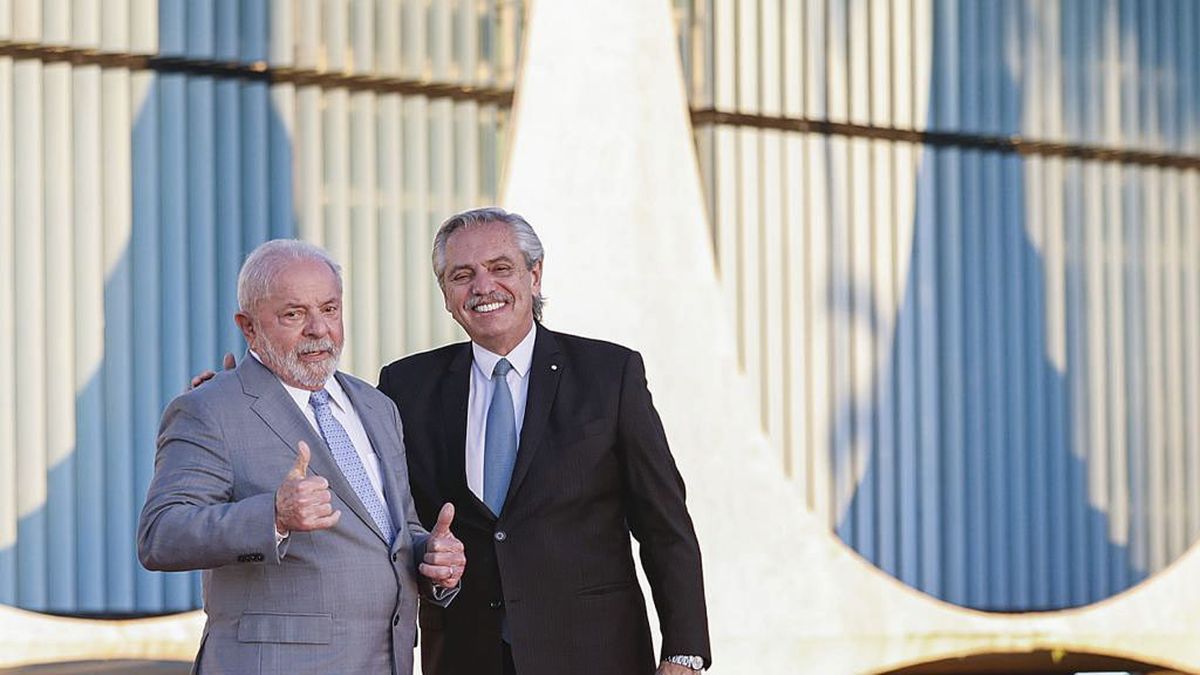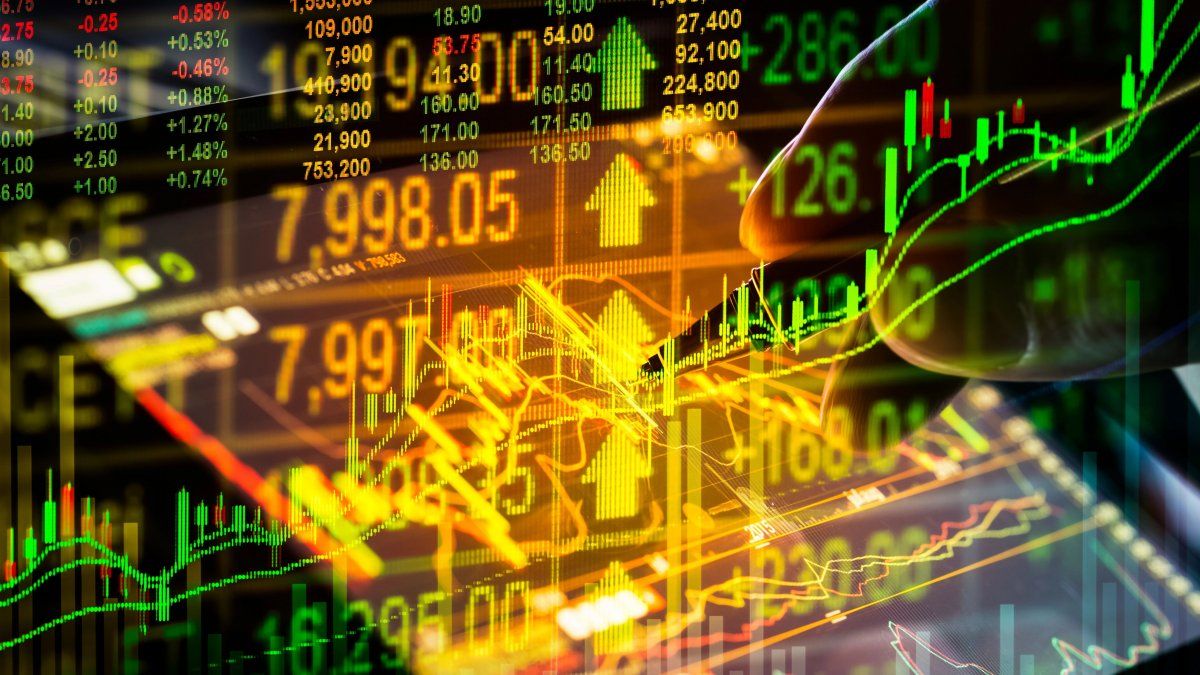In a meeting of more than three hours at the Palacio de la Alvorada, in Brasilia, the president Alberto Fernández and his partner Luiz Inácio Lula da Silva analyzed the alternatives to provide financial aid to Argentina, in a context of scarce reserves. The credits will seek to finance exporting companies in Brazil over a longer term, to try to alleviate more than US$1,000 million per month in imports from that country.
This is a high-level political and economic summit, given that after the bilateral meeting between the two leaders at the Brazilian presidential residence, the Minister of Economy, Sergio Massa, and his counterpart Fernando Haddad were present. The Argentine ambassador to Brazil, Daniel Scioli; the chancellor, Santiago Cafiero; and the Chief of Staff, Agustín Rossi.
Also present for the delegation from Brazil were the Vice Minister of Economy, Gabriel Galípolo; the chancellor, Mauro Vieira; and Lula’s special adviser on international affairs, Celso Amorim. The extended meeting was joined by the Vice President, Geraldo Alckmin, who is also Minister of Industry and Development, and the head of the state National Bank for Economic and Social Development (Bndes), Aloizio Mercadante.
Although issues that are in the process of being resolved were touched on, related to science, energy, defense and security, the urgency was to talk about commercial exchange relationsand through what mechanisms can be deepened and expedited.
There are two possibilities on the table. On the one hand, at the end of April Scioli achieved the expansion of the use of the system of local currencies (SML), in which the Central Bank of Brazil facilitated bilateral trade in pesos and reais, to authorize more financial institutions, such as exchange houses, to operate in the SML. However, sources from the business chambers consulted by Ámbito said that, although the system is operational, it has little use.
The business expectation is for what can be announced based on financing. As confirmed from Brazil, it will seek to give credits to more than 200 Brazilian companies so that they can export to Argentina. he would be a compensatory mechanism in reais and pesos, so as not to use the dollar. What remains to be defined are the compensation terms. In January, Haddad and Massa had told the businessmen that they wanted it to be 366 days, that is, more than a year, in order to function as “bridge” until the end of the drought and the Néstor Kirchner gas pipeline is in operation.
However, it would be a system different from the one announced with China, in which the swap is used to import directly with the use of yuan. The case of Brazil is different due to the autonomy of the Central Bank, so it will be sought that there are other banks that finance Brazilian companies, such as the BRICS bankchaired by the former president of Brazil, Dilma Rousseff.
Sources from the embassy in Brazil assured that in this way trade will gradually decompress, since Argentina will not have to have reserves to carry out imports of more than US$1,000 million per month. Despite the “political affinity” between Alberto Fernández and Lula da Silva, in the Brazilian Ministry of Finance they emphasize that the measure benefits large industries in Brazil, which in recent years have lost ground to China in their exports for about US$6 ,000 million not being able to finance them.
In addition, the relief to Argentina falls on its delicate situation of reserves, in a context of historical drought. Although the commercial exchange between Argentina and Brazil is growing, this is due to a strong rise in imports. In the first four months of 2023, commerce accumulates a negative balance for Argentina of US$1.775 million, according to sources from the Argentine Chamber of Commerce (CAC). Exports grew 7% year-on-year in the accumulated January-April, while imports from Brazil climbed 26.2% in the same period, due to the purchase of soybeans and vehicles. Only in the last month of April, the trade balance for Argentina showed a deficit of US$776 million.
Source: Ambito




